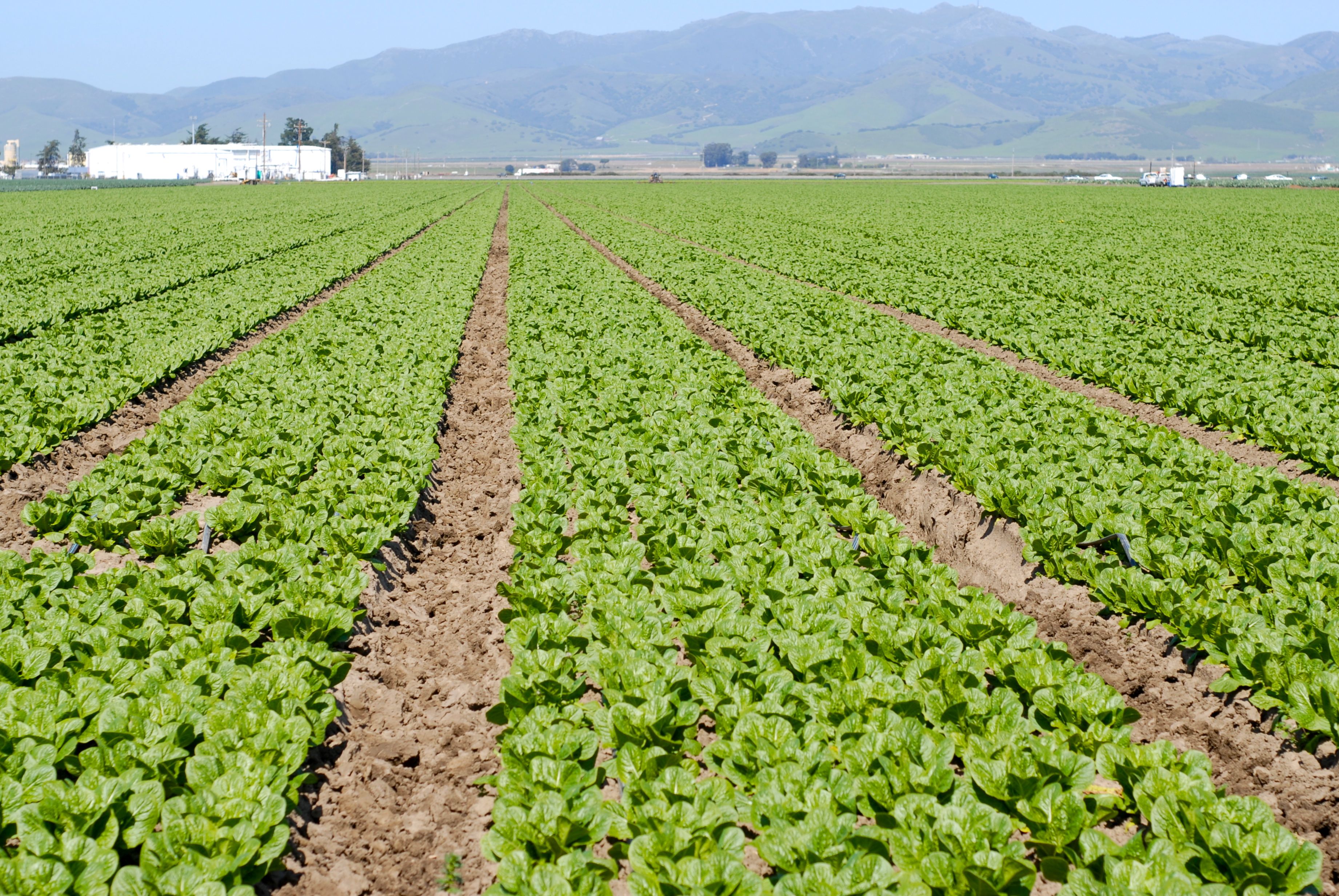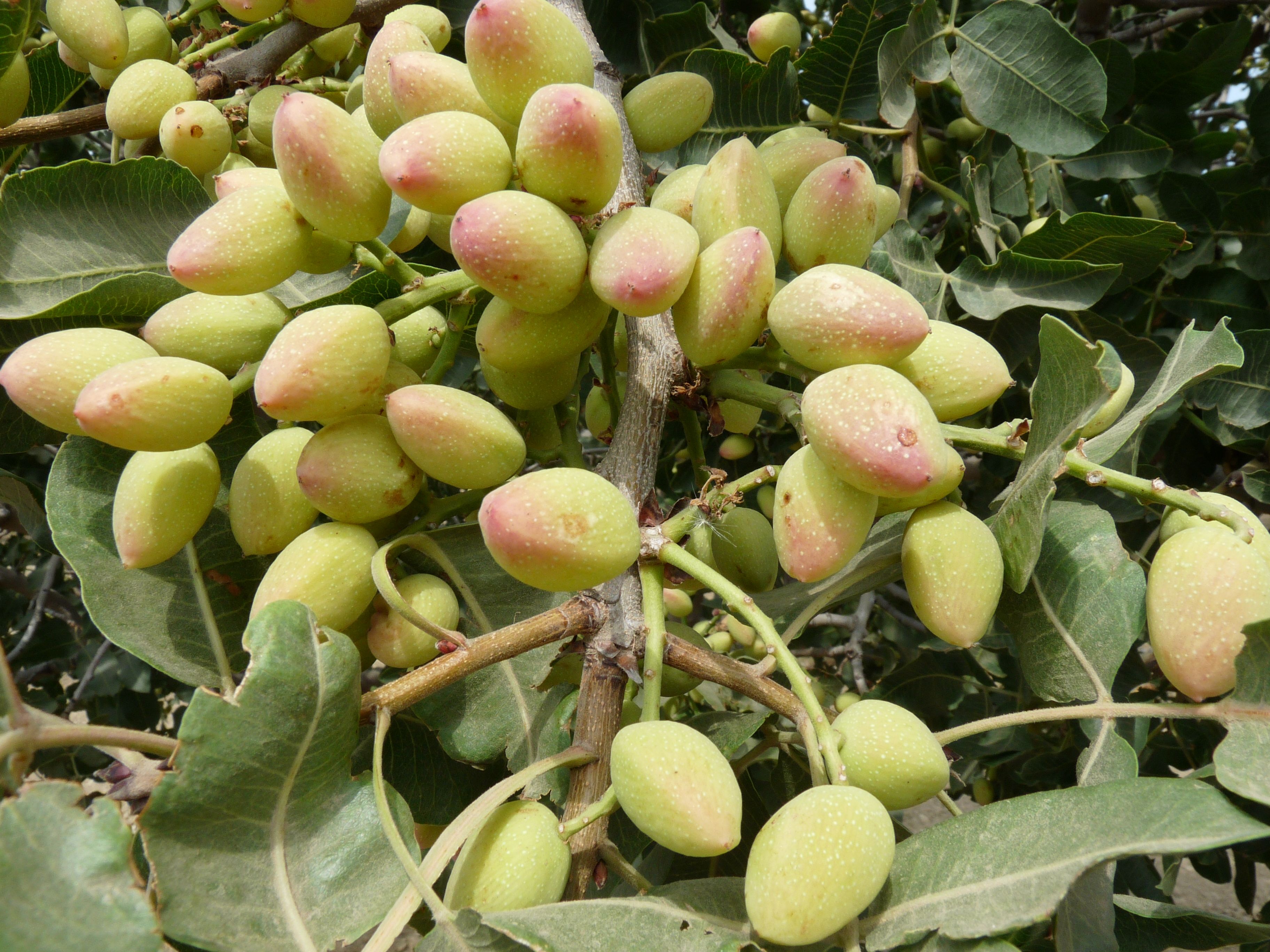Many Legislative Bills Introduced
Legislative Update From Calif. Farm Bureau
Many Legislative Bills Introduced in California Last Week!
The State Water Resources Control Board (State Board) held a Workshop this week to take public comment on the Temporary Urgency Change Petition (TUCP) for the State Water Project and the federal Central Valley Project.
Consistent with the Governor’s Executive Order B-21-13 issued last May the TUCP for these two projects would temporarily modify (reduce) Delta outflow and export requirements to preserve water in storage and maintain in-Delta water quality.
Additionally, the TUCP would temporarily modify (open) the Delta Cross Channel gates to improve in-Delta salinity conditions. State Board staff also presented information on water diversion curtailment notices for junior water right holders. Due to rain events a couple of weeks ago the notices have not yet been issued.
A measure that would repeal provisions of the $11.14 billion Safe, Clean, and Reliable Drinking Water Supply Act, currently scheduled to go before California voters November 4th this year, was heard in the Senate Environmental Quality Committee this week. If approved by the voters, the Safe Drinking Water, Water Quality, and Water Supply Act of 2014 (SB 848), authored by Senator Lois Wolk (D-Davis), would authorize the issuance of bonds in the amount of $6.825 billion in five separate categories. Those five categories include:
- $900 million for Safe Drinking Water,
- $2 billion for Integrated Regional Water Management Planning and stormwater capture and reuse projects,
- $1.2 billion for projects that protect the Delta ecosystem and integrity of Delta levees,
- $1.7 billion for Watershed and Ecosystem Improvements,
- $1.025 billion for Water Storage Projects.
All five categories would require legislative authority to appropriate the funds. Farm Bureau remains actively engaged in this and every effort to impact the size and structure of the water bond, emphasize the need for increased water storage, area of origin water rights protections and continuous appropriation for water storage dollars. Farm Bureau has an Oppose Unless Amended position on SB 848.
A measure that would allow multiple use registrations for small livestock stockponds was introduced this week. AB 1905 (Luis Alejo, D-Salinas) would allow small (10 acre feet or less) livestock stockponds to also be registered with the State Water Resources Control Board for use as small irrigation ponds. Currently law allows small irrigation ponds to also be registered for small domestic use, but not for livestock. Farm Bureau is the sponsor of this measure and therefore is also in support.
AB 1634 (Nancy Skinner, D-Berkeley) would require employers to immediately abate conditions that Cal/OSHA alleges are a violation of occupational safety and health regulations if the agency classifies the citation as a serious, repeat serious, or willful serious violation. Under current law, if an employer appeals the citation, the employer is not required to abate the violation unless and until the appeal is denied. AB 1634 allows Cal/OSHA to grant a stay of abatement at its own discretion. This is similar to legislation Assemblymember Skinner carried in 2013 (AB 1165) which Governor Brown vetoed in October. The Governor’s veto message cited an appeal process in AB 1165 for abatements parallel to that which already exists through the Cal/OSHA Appeals Board. AB 1634 does not include that duplicative appeal process. Farm Bureau will oppose AB 1634 because it undermines due process protections allowing employers to appeal Cal/OSHA citations.
SB 1034 (William Monning, D-Carmel) would eliminate waiting periods before employers offering health insurance would be required to institute coverage. Current state law allows for a 60-day waiting period; federal law allows a 90-day waiting period. Farm Bureau is analyzing SB 1034 before taking a position.
SB 1087, also by Senator Monning, would impose a laundry list of changes to the California Labor Code for Farm Labor Contractors (FLCs). Several of these changes include:
- higher licensing fees;
- increase the size of surety bonds FLCs must obtain and provide documentation of the size of the bond to the Division of Labor Standards Enforcement (DLSE);
- requires that surety bonds be conditioned on compliance with state laws prohibiting sexual harassment;
- requires FLCs to receive training on prohibitions on sexual harassment;
- doubles the number of continuing education hours required of FLCs from 8 hours annually to 16 hours annually;
- adds violations of laws prohibiting sexual harassment by an FLC or an FLC’s supervisory personnel to the list of violations of law which prohibit DLSE from issuing an license to an FLC and requiring DLSE to revoke an FLC’s license;
- requires FLCs to provide, upon request to a current or former employee or grower, a written statement showing compensation paid to employees, and requires growers to retain payroll records furnished by FLCs for three years.
Numerous other changes in the Labor Code pertaining to FLCs are further outlined in the bill. Farm Bureau position pending.
AB 1723 (Adrin Nazarin, D-Sherman Oaks) would authorize the Division of Labor Standards Enforcement (DLSE) to recover for employees payment of applicable penalties for willful failure to timely pay wages. Existing law provides for criminal and civil penalties for violations of statutes and orders of the commission regarding payment of wages. This bill would expand that penalty, restitution, and liquidated damages provision for a citation to also subject the employer to payment of any applicable penalties for the willful failure to timely pay the wages of a resigned or discharged employee. Farm Bureau is opposed.
AB 1660 (Luis Alejo, D-Salinas) clarifies that an action taken by an employer to comply with federal immigration law is not a violation of California’s Unruh Civil Rights Act. AB 60, which became law in 2013, requires the Department of Motor Vehicles to issue driving privilege cards to persons who cannot furnish the requisite documentation to obtain a regular driver’s license. AB 60 also prohibited discrimination under the Unruh Act against people using a driving privilege card. Farm Bureau supports AB 1660.
AB 2033 (Rudy Salas, D-Bakersfield), just introduced yesterday, would create an Agricultural Career Technical Education (ACTE) unit in the Department of Education to provide schools with assistance in establishing and maintaining ACTE classes. This bill is in response to the 2014 state budget proposal to eliminate $4.1 million from the Agricultural Career Technical Education Incentive Grant Program from the state budget. Ag Incentive Grant funds are used to update and modernize equipment and technology, as well provide vital resource for developing leadership skills and personal growth opportunities for students through ACTE programs and coursework. Farm Bureau is in support.





















